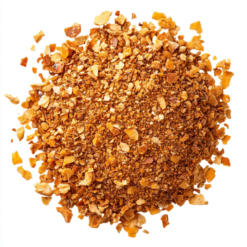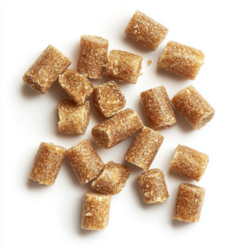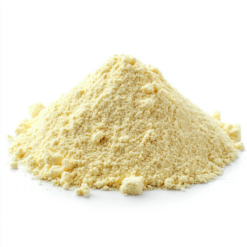Properties
Beet pulp in fresh form has a moist, soft texture and is light brown. The dried version is a light, free-flowing pellet or flakes that are beige-brown in color. Pressed pulp is in the form of moist chips or blocks with a firm texture.
Pulp is rich in dietary fiber, which supports proper digestion and the development of rumen microflora. Compared to traditional roughage, they provide a large amount of energy in the form of slowly fermentable carbohydrates, which helps maintain a stable rumen pH. They have a low level of crude protein (about 8-12%), but blend well with high-protein feeds such as. soybean meal or rapeseed meal.
Benefits
- They are beneficial for microflora, prevent acidosis
- Are rich in structural sugars, improve milk yield and weight gain
- Provide the energy necessary for milk production
Use in cattle feeding
Beet pulp is often used as a component of TMR (Total Mixed Ration) or mixed with other feed components. In dairy cows, they help maintain a stable rumen pH and provide the energy needed for milk production. In beef cattle, they promote efficient weight gain.








